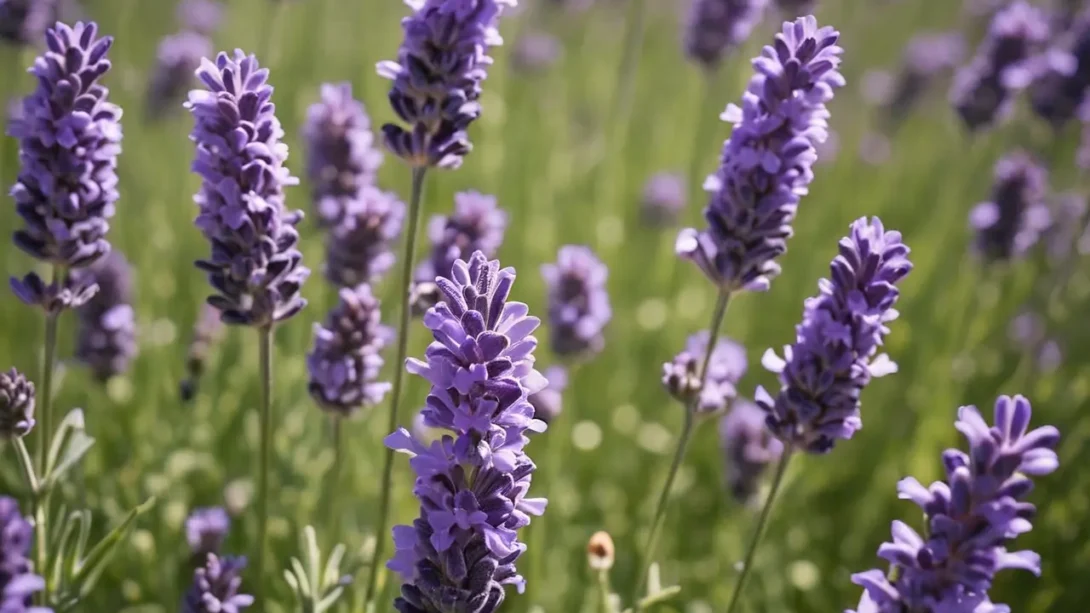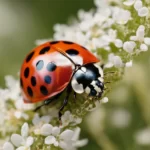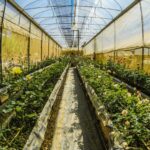Lavender, with its enchanting fragrance and vibrant purple blooms, is a favorite among gardeners and floral enthusiasts alike. This versatile plant is not only cherished for its beauty and aroma but also for its extensive use in cosmetics, aromatherapy, and culinary applications. Understanding when lavender blooms is crucial for anyone looking to cultivate these plants, whether for personal enjoyment or commercial harvesting. The bloom time can vary significantly depending on the lavender variety, climate, and growing conditions, making it essential knowledge for successful cultivation and timely harvesting.
Lavender Varieties
Lavender belongs to the genus Lavandula, which comprises a wide range of species and hybrids, each with its own unique characteristics and bloom times. The most commonly cultivated lavender varieties include Lavandula angustifolia, known as English lavender; Lavandula stoechas, also referred to as Spanish or French lavender; and Lavandula x intermedia, commonly known as Lavandin. Each of these varieties has a specific bloom period that can influence when they are planted and harvested. Knowing the differences among these varieties is the first step in planning a garden or farm that remains vibrant and fragrant throughout the growing season.
Bloom Times by Variety
Lavandula angustifolia (English Lavender)
English lavender is perhaps the most renowned and widely grown variety, prized for its sweet fragrance and oil. It typically blooms once in late spring to early summer, with the exact timing varying by geographic location. In cooler climates, Lavandula angustifolia may bloom later in the season, while in warmer regions, blooms can appear as early as late spring.
Lavandula stoechas (Spanish Lavender)
Spanish lavender, with its distinctive pineapple-shaped blooms and rabbit-ear petals, offers a slightly different aesthetic and fragrance. It is known for blooming earlier than English lavender, often starting in late spring. In regions with mild winters, Lavandula stoechas can have a prolonged blooming period, occasionally extending into late summer or early fall.
Lavandula x intermedia (Lavandin)
Lavandin is a hybrid between Lavandula angustifolia and Lavandula latifolia, combining the best traits of both parents. It is highly valued for its oil, which is used in various commercial applications. Lavandin blooms typically occur in mid to late summer, providing a splash of color and fragrance after many other lavender varieties have finished their bloom cycles. This variety is particularly robust, with a higher tolerance for humid conditions than its counterparts.
Factors Influencing Lavender Bloom Times
The bloom times of lavender can be significantly influenced by several environmental factors. Understanding these can help gardeners and farmers optimize the growth and flowering of their lavender plants.
Geographic Location and Climate
The geographic location of a garden or farm dictates the climate conditions lavender will experience, including temperature ranges and seasonal changes. Lavender plants thrive in a Mediterranean climate, characterized by wet winters and hot, dry summers. In cooler or more variable climates, lavender may bloom later in the season or require specific care to ensure bloom. Frost, for example, can delay bloom times or damage the plants if they are not adequately protected.
Sunlight Exposure
Lavender plants need full sun to flourish and produce the vibrant blooms they are known for. Ideally, lavender should receive at least 6 to 8 hours of direct sunlight daily. Insufficient sunlight can lead to delayed blooming, weaker scents, and less vibrant colors. Ensuring your lavender plants are positioned to receive ample sunlight throughout the day is crucial for encouraging timely and abundant blooms.
Soil Conditions and Care
Soil quality and care practices also play a significant role in the blooming of lavender. Lavender prefers well-drained, slightly alkaline soil with a pH between 6.7 and 7.3. Overly fertile soil or excessive nitrogen can lead to lush foliage at the expense of blooms. Proper drainage is essential to prevent root rot, which can affect the plant’s health and its ability to bloom. Regular weeding and the use of gravel or sand can improve soil drainage and create an ideal growing environment for lavender.
Maximizing Bloom Potential
To maximize the bloom potential of lavender plants, gardeners can follow several best practices, from planting to ongoing care.
Planting and Care Tips
- Planting Time: For most varieties, planting lavender in the spring after the last frost has passed is ideal. This timing allows plants to establish themselves and acclimate to their environment before the blooming season.
- Pruning: Pruning is vital for promoting healthy growth and abundant blooms. Prune lavender plants in early spring to remove dead or weak parts and encourage fresh growth. A second, lighter pruning after the first bloom can stimulate a second bloom in varieties that support it.
- Watering: While lavender is drought-tolerant, young plants need regular watering to establish deep root systems. Once established, reduce watering, as lavender performs best under dry conditions.
- Fertilizing: Use compost or a slow-release, low-nitrogen fertilizer sparingly. Over-fertilizing can harm bloom production and plant health.
Harvesting Lavender
Harvesting lavender at the right time is crucial for capturing the essence and fragrance of this aromatic plant at its peak. The timing of the harvest can impact the quality of lavender oil, as well as the longevity of dried lavender used in bouquets, sachets, and culinary applications.
Best Practices for Harvesting Lavender
- Timing: The best time to harvest lavender for essential oils is when approximately half of the buds on the stem have bloomed. This timing ensures the highest concentration of oils. For dried lavender purposes, you can wait until most of the buds have opened, but harvesting before all flowers are fully open will preserve the plant’s color and fragrance.
- Method: Use sharp scissors or garden shears to cut lavender stems. Harvest in the morning after the dew has evaporated but before the sun is at its peak, as this is when the plant’s oils are most concentrated.
- Processing: After harvesting, bundle the stems together and hang them upside down in a dry, dark place with good air circulation. This method helps retain the lavender’s color and fragrance during the drying process, which can take several weeks.
Understanding the nuances of harvesting lavender not only maximizes the yield and quality of the harvest but also respects the plant’s lifecycle, encouraging future growth and blooming seasons.
How Bloom Times Affect Lavender Oil Quality and Fragrance
The bloom time of lavender directly influences the quality of the essential oil extracted from the plant. Oils harvested at the optimal bloom time have a more complex and desired fragrance profile, which is highly sought after in aromatherapy and cosmetic industries. Moreover, the timing of the bloom—and consequently, the harvest—can affect the lavender’s fragrance longevity, especially when used in dried form for sachets, potpourris, or culinary purposes. Understanding the specific bloom times of various lavender varieties allows for targeted cultivation strategies that enhance the quality of both oil and dried flowers.
Conclusion
Knowing when lavender blooms is more than a matter of horticultural curiosity; it’s a critical aspect of cultivating lavender that affects everything from the plant’s care to the timing of harvest and the quality of the lavender products. Whether you’re a home gardener seeking to beautify your landscape and craft homemade lavender sachets or a commercial grower focused on producing high-quality essential oils, understanding the bloom cycles of your lavender varieties is essential. By selecting the right varieties for your climate, providing the optimal conditions for growth, and timing your harvests perfectly, you can enjoy the myriad benefits and uses of this wonderfully fragrant and versatile plant. Experiment with different varieties and cultivation practices to extend the blooming season and maximize the sensory delights lavender has to offer.



